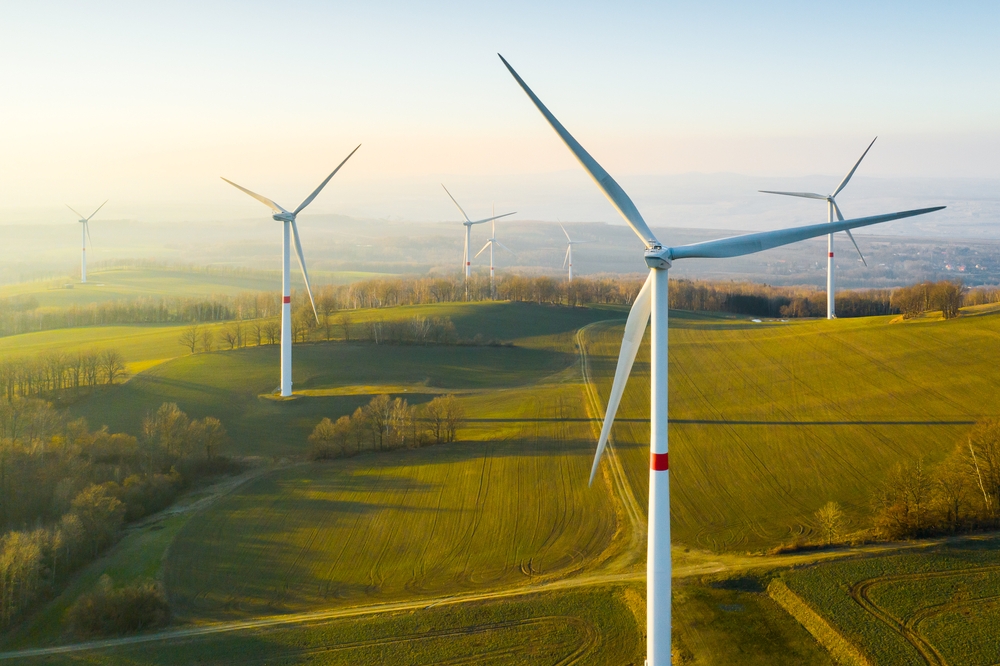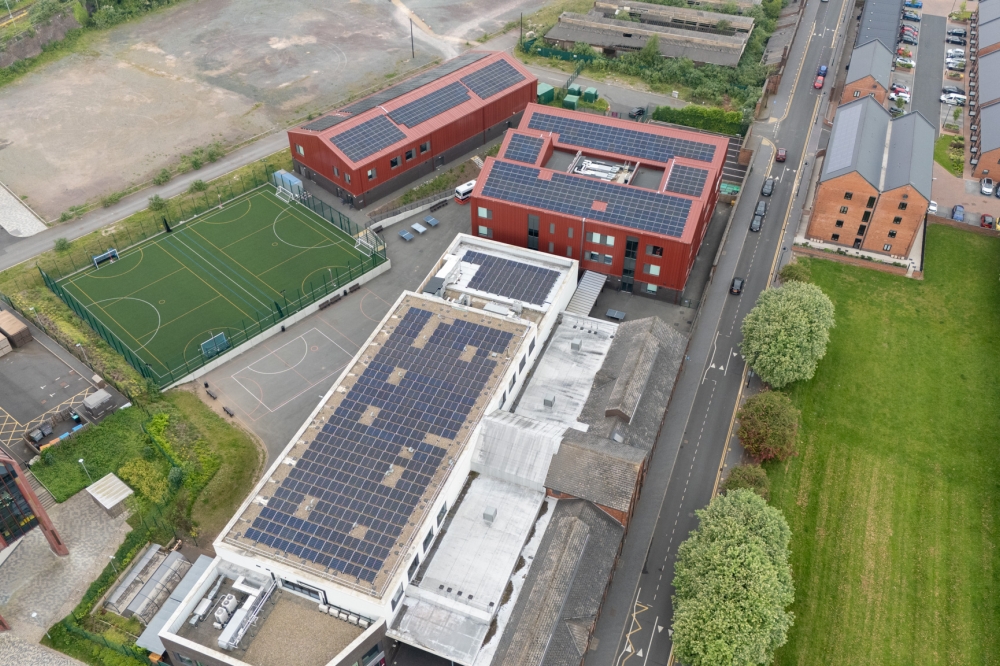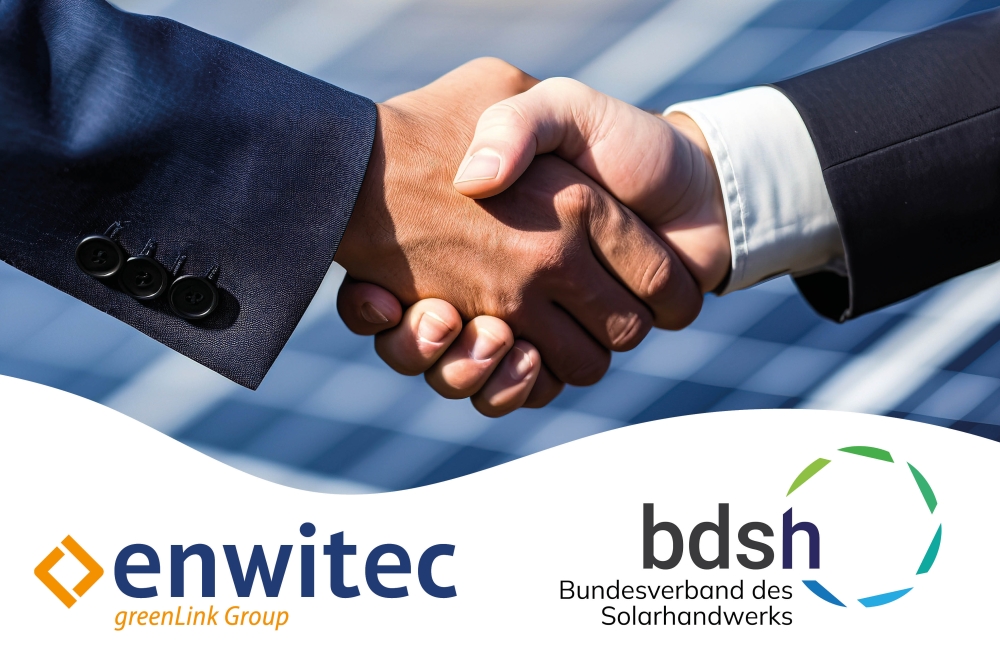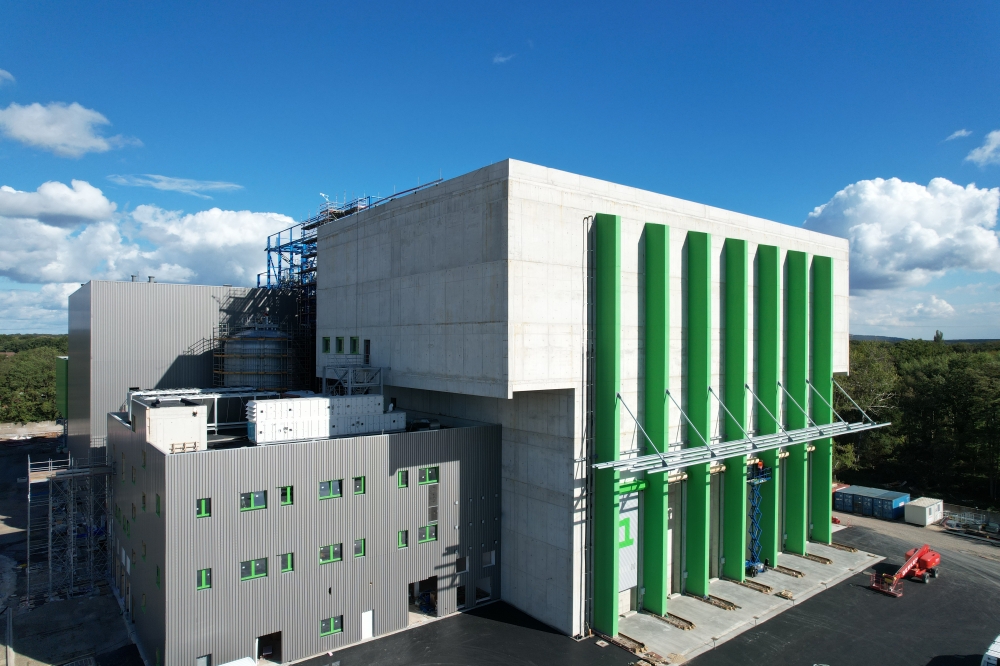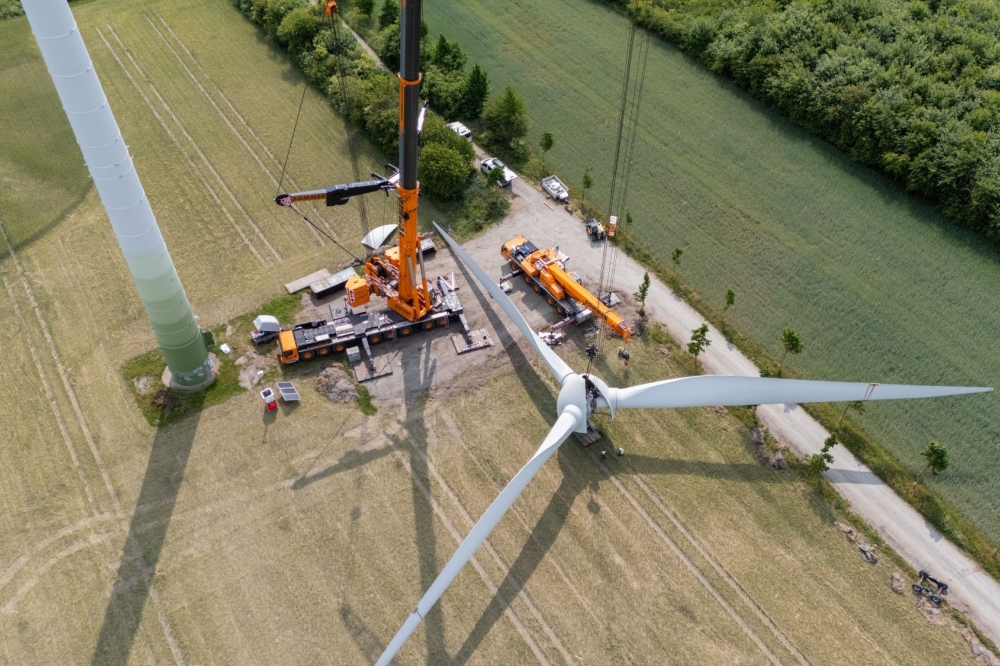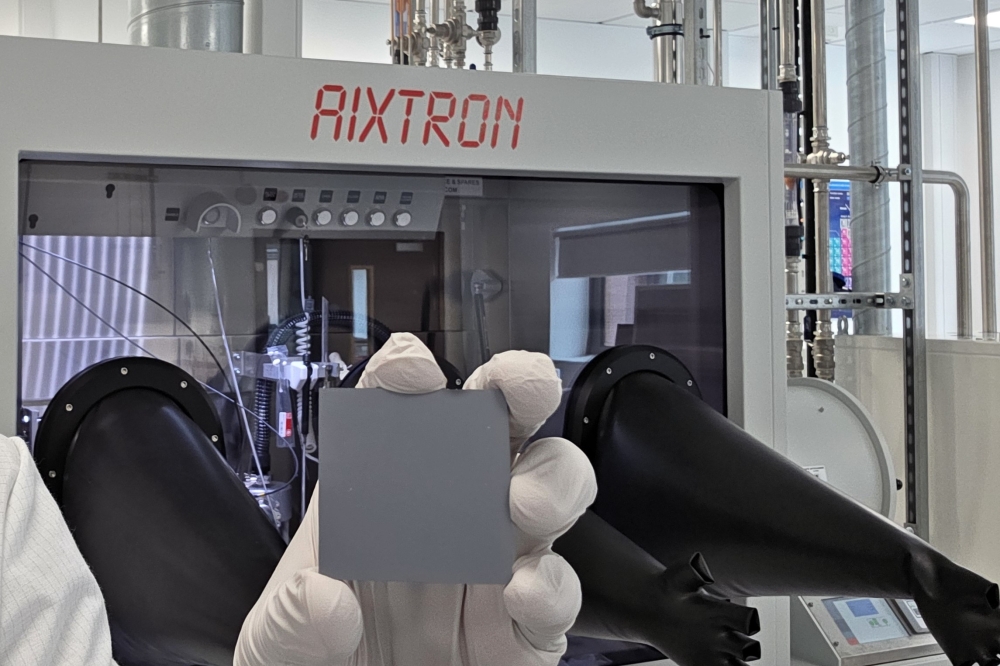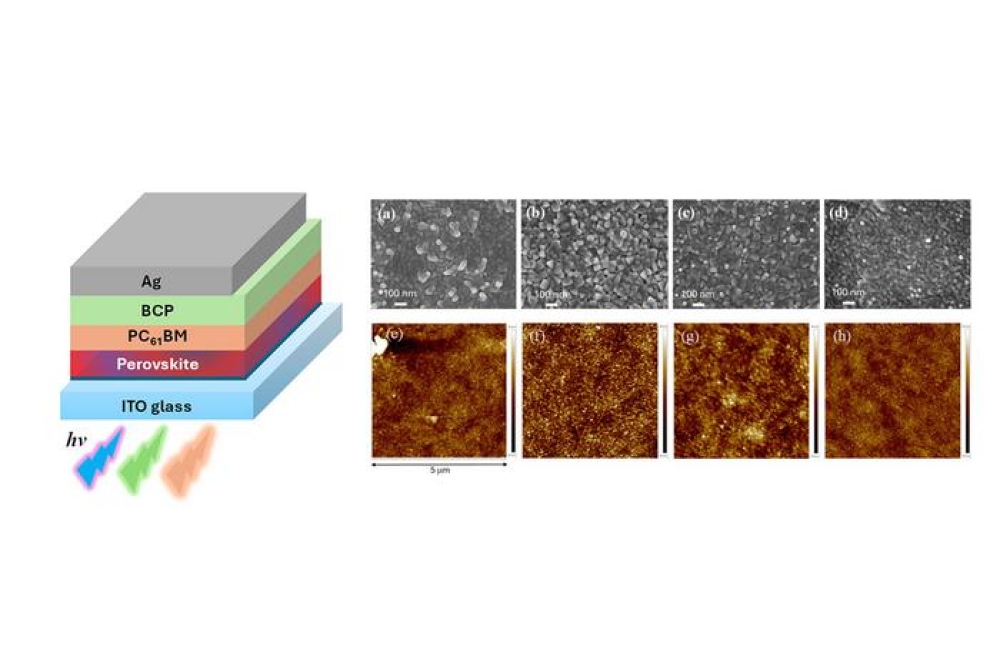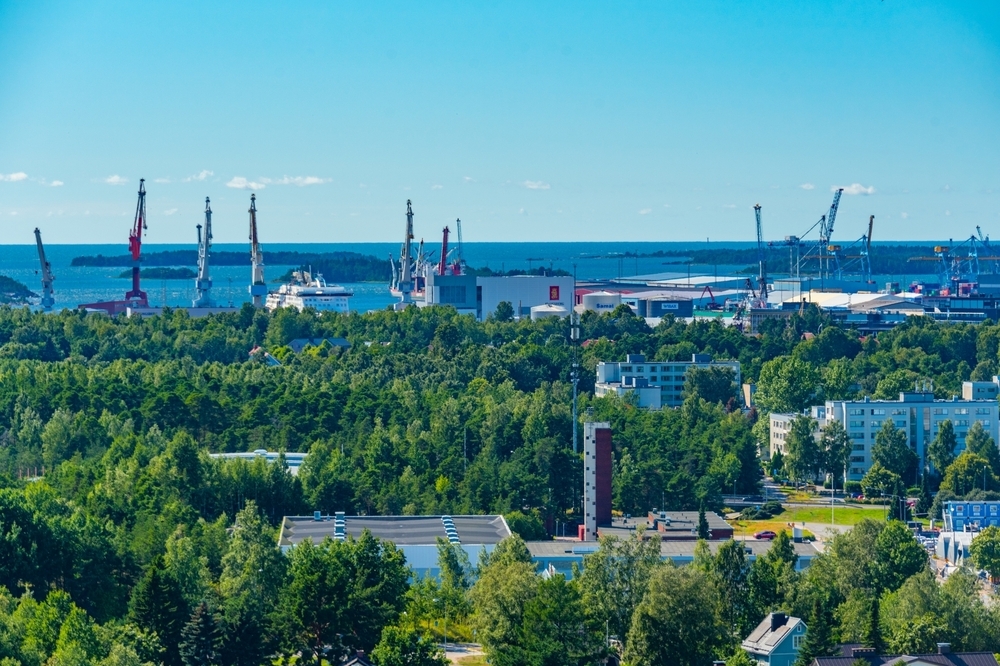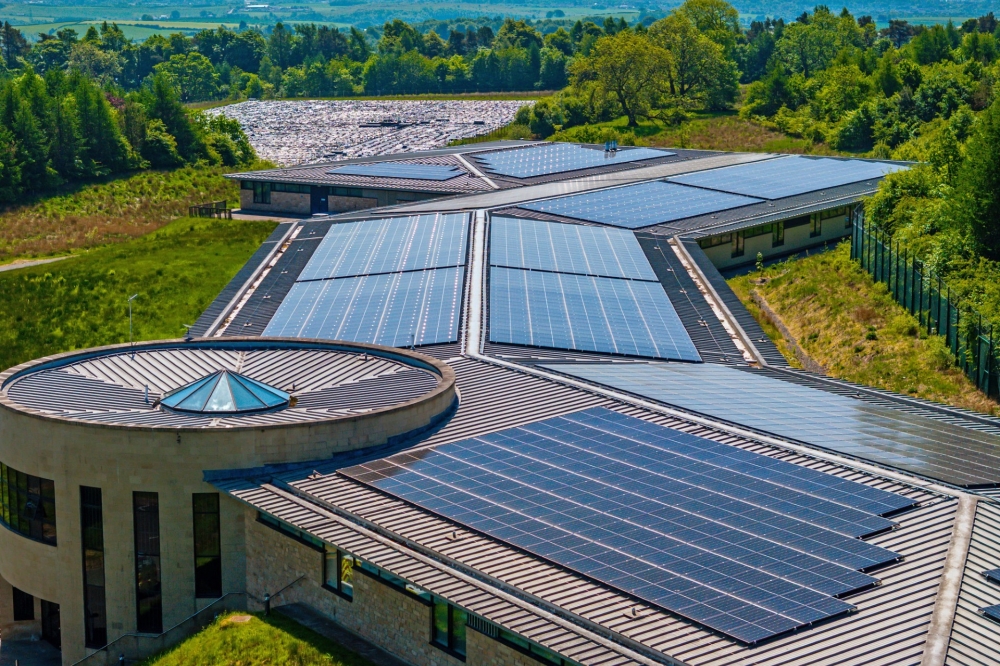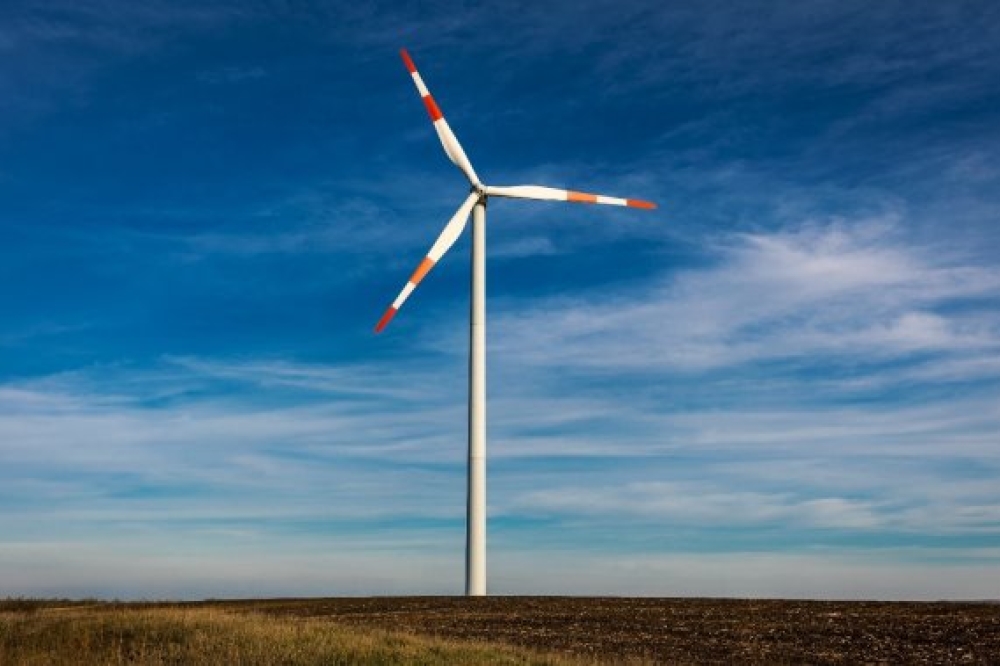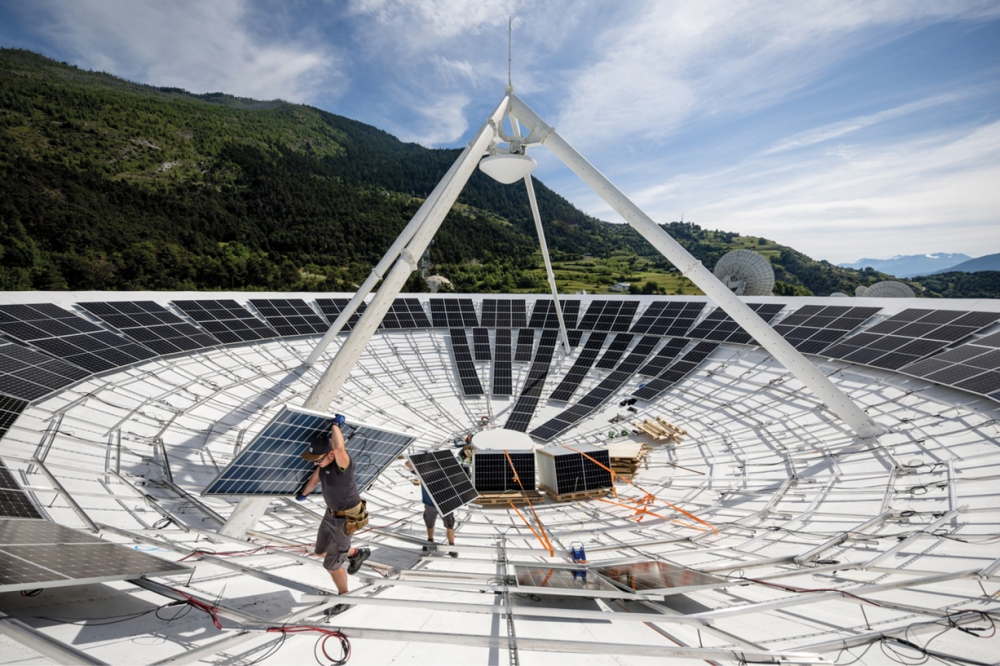Clean energy gets funding – efficiency gets just 8%
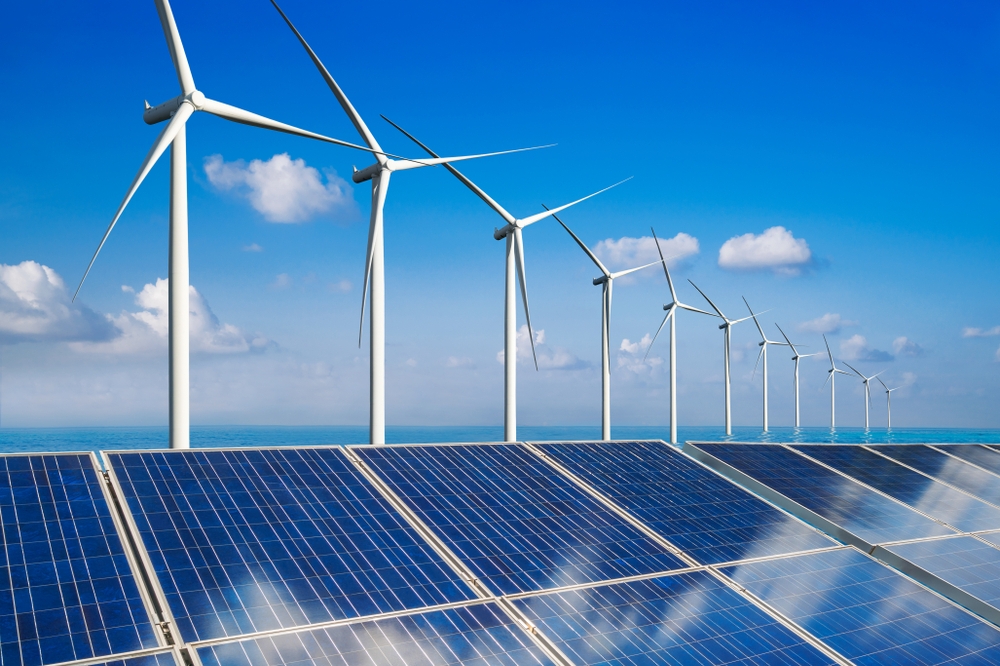
A new World Bank report points out one of the biggest blind spots in EU energy policy: energy efficiency remains widely overlooked, despite giving big returns. For every €1 invested, the average return is €3 to €5. Yet funding, regulation, and political focus still fall short, the report states.
As energy demand is expected to rise by 30% in the next decade, energy experts warn that investments in efficiency must nearly triple by 2030 to meet climate and economic targets.
The report reveals that two-thirds of global primary energy is lost or wasted. Yet just 8% of clean energy financing in low- and middle-income countries is directed toward energy efficiency. This inefficiency represents an economic loss equivalent to 5% of global GDP.
Buildings – both new and old – are named as the single largest opportunity. Even high-tech facilities like data centers are falling short, especially as demand from AI systems and cooling grows.
“The report makes it clear that energy efficiency isn’t being held back by a lack of technology, but by how slowly we’re applying it,” said Donatas Karčiauskas, CEO of Exergio, a company developing AI-based tools for optimizing energy use in buildings. “We already have effective solutions. But instead of using them widely, most funding still goes into physical upgrades or energy supply. Smart, software-driven retrofits are still missing from the picture – even though they can deliver fast results.”
The analysis details three persistent barriers: weak policies, lack of digital standards, and pilot projects that remain too small to scale. These findings mirror what energy efficiency companies see on the ground. The World Bank recommends treating efficiency as critical infrastructure, not a secondary add-on. It urges governments to strengthen national building codes, create utility-backed incentives, and reform energy pricing to reflect actual costs and risks.
“Regulations today incentivize new supply more than reduced demand,” added Karčiauskas. “But if we want to power more with less, we need smarter grids and smarter buildings. Energy efficiency doesn’t mean using less. It means wasting less. That’s exactly what real-time optimization is built for.”
One of the most pressing concerns raised in the report is the lack of progress in the public sector. Government buildings are among the least efficient. The World Bank recommends national retrofitting programs that use shared templates, pooled procurement, and open access to results.
Karčiauskas believes private-sector software could accelerate these efforts. “It doesn’t take years to optimize,” he said. “We’ve helped reduce energy bills by 15-30% in a matter of months across office buildings, universities, and healthcare systems. The upgrades don’t require major construction – just data access and the will to act.”
The report identifies clear and scalable solutions to remove fragmented governance and high transaction costs barriers. These include harmonizing standards across countries, providing credit guarantees to reduce investor risk, and making project performance data more widely available.
The World Bank stresses that the shortfall is not technical, but institutional. In 2023, countries averaged just 1% annual improvement in energy efficiency, which is far below the 4% needed. The need is especially urgent in middle-income countries facing fast-growing urban and industrial demand. As the report makes clear, the main barrier now is action, not tools.
“You don’t need a new device. You need to start using the right tools at the right time. Digital retrofits are fast, cheap, and scalable – but they require political and operational will. If countries are serious about decarbonization, this is where they should start,” concluded Karčiauskas.




